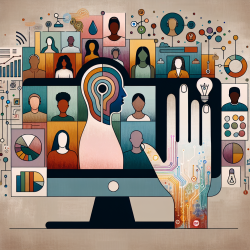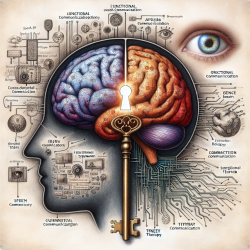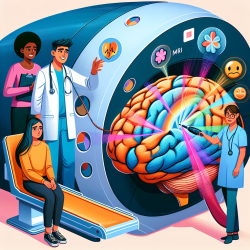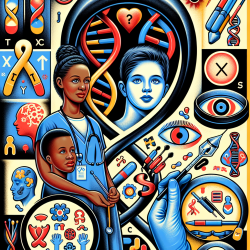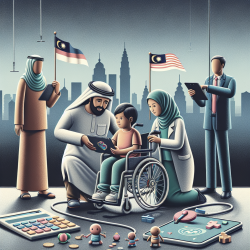Introduction
As practitioners in the field of speech-language pathology, we are committed to fostering inclusive and supportive environments for all children, including those who identify as lesbian, gay, bisexual, transgender, or queer (LGBTQ+). Recent research provides valuable insights into the demographic, psychological, and social characteristics of self-identified lesbian, gay, and bisexual (LGB) adults in the United States. Understanding these characteristics can significantly enhance our online therapy services, particularly for LGBTQ+ youth. This blog explores how practitioners can leverage these insights to improve therapy outcomes and encourages further research in this area.
Key Findings from the Research
The study, "Demographic, Psychological, and Social Characteristics of Self-Identified Lesbian, Gay, and Bisexual Adults in a US Probability Sample," offers a comprehensive overview of various demographic and psychological variables. Here are some key findings:
- LGB adults tend to be younger, more highly educated, and less likely to be non-Hispanic White compared to the general US adult population.
- Gender differences are notable, with women more likely to be in committed relationships than men.
- Gay men and lesbians report stronger commitment to a sexual-minority identity, greater community involvement, and more extensive disclosure of their sexual orientation compared to bisexuals.
- Most respondents experienced little or no choice about their sexual orientation, highlighting the importance of understanding sexual orientation as an inherent aspect of identity.
Implications for Online Therapy
These findings have several implications for online therapy services targeting LGBTQ+ youth:
- Understanding Diversity: Recognizing the diverse backgrounds and experiences of LGBTQ+ youth can help tailor therapy approaches to better meet individual needs.
- Fostering Inclusivity: Creating a safe and affirming space for LGBTQ+ youth in online therapy can enhance their engagement and outcomes. This includes using inclusive language and acknowledging diverse identities.
- Encouraging Community Connection: Facilitating connections with LGBTQ+ communities can provide youth with additional support and resources, reinforcing their sense of belonging and identity.
- Addressing Identity and Disclosure: Supporting youth in exploring and affirming their sexual orientation can empower them to disclose their identity in safe and supportive environments.
Encouraging Further Research
While the current research provides valuable insights, there is a need for further studies focusing on LGBTQ+ youth. Specifically, research should explore:
- The impact of online therapy on LGBTQ+ youth's mental health and well-being.
- The role of intersectionality in shaping the experiences of LGBTQ+ youth from diverse racial, ethnic, and socioeconomic backgrounds.
- Effective strategies for engaging LGBTQ+ youth in online therapy and promoting positive outcomes.
Conclusion
By integrating the insights from demographic and psychological research into our online therapy practices, we can better support LGBTQ+ youth in their journey toward self-discovery and well-being. As practitioners, we must remain committed to data-driven approaches and continuous learning to create inclusive and effective therapy environments. To read the original research paper, please follow this link: Demographic, Psychological, and Social Characteristics of Self-Identified Lesbian, Gay, and Bisexual Adults in a US Probability Sample.
